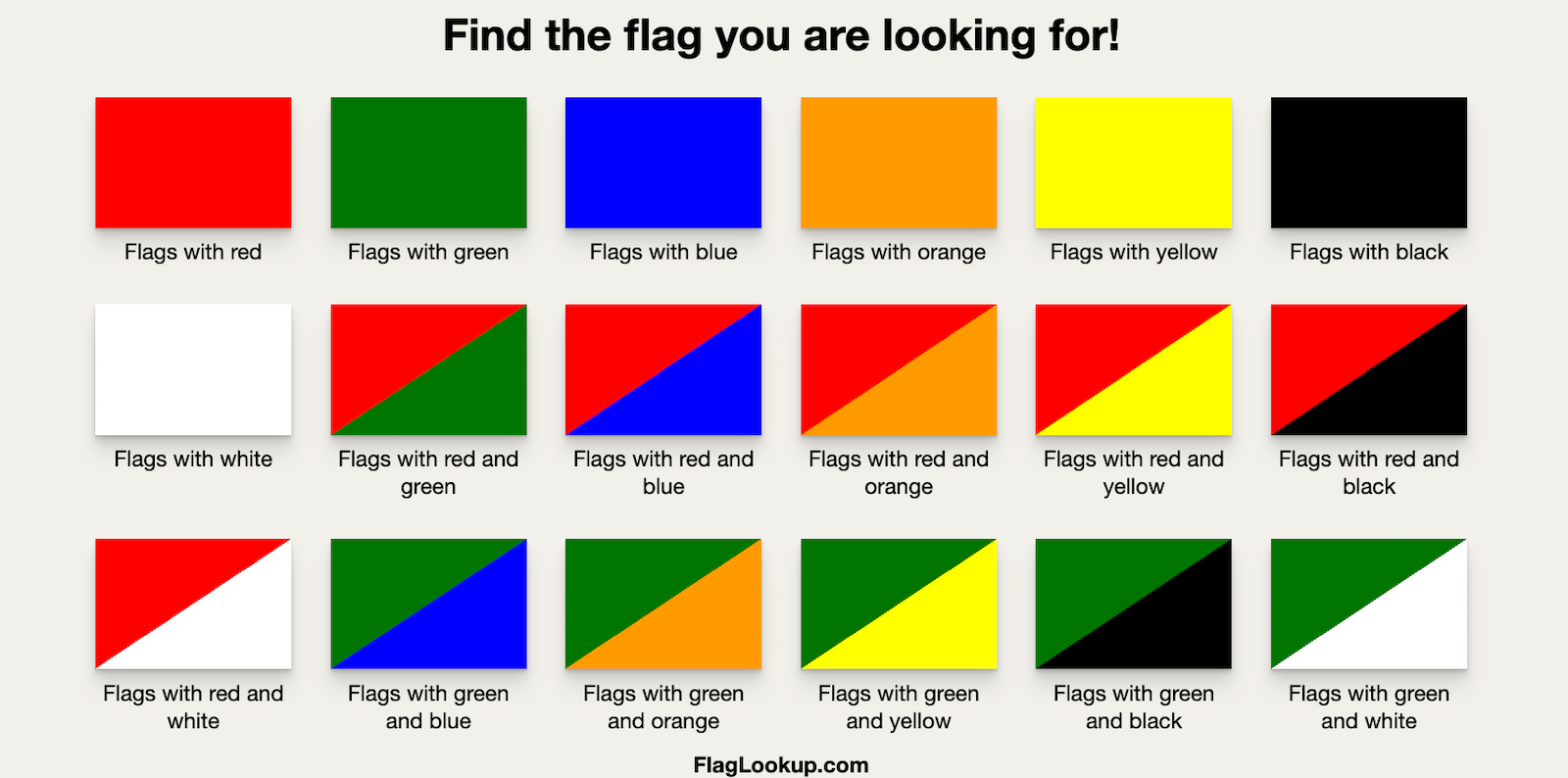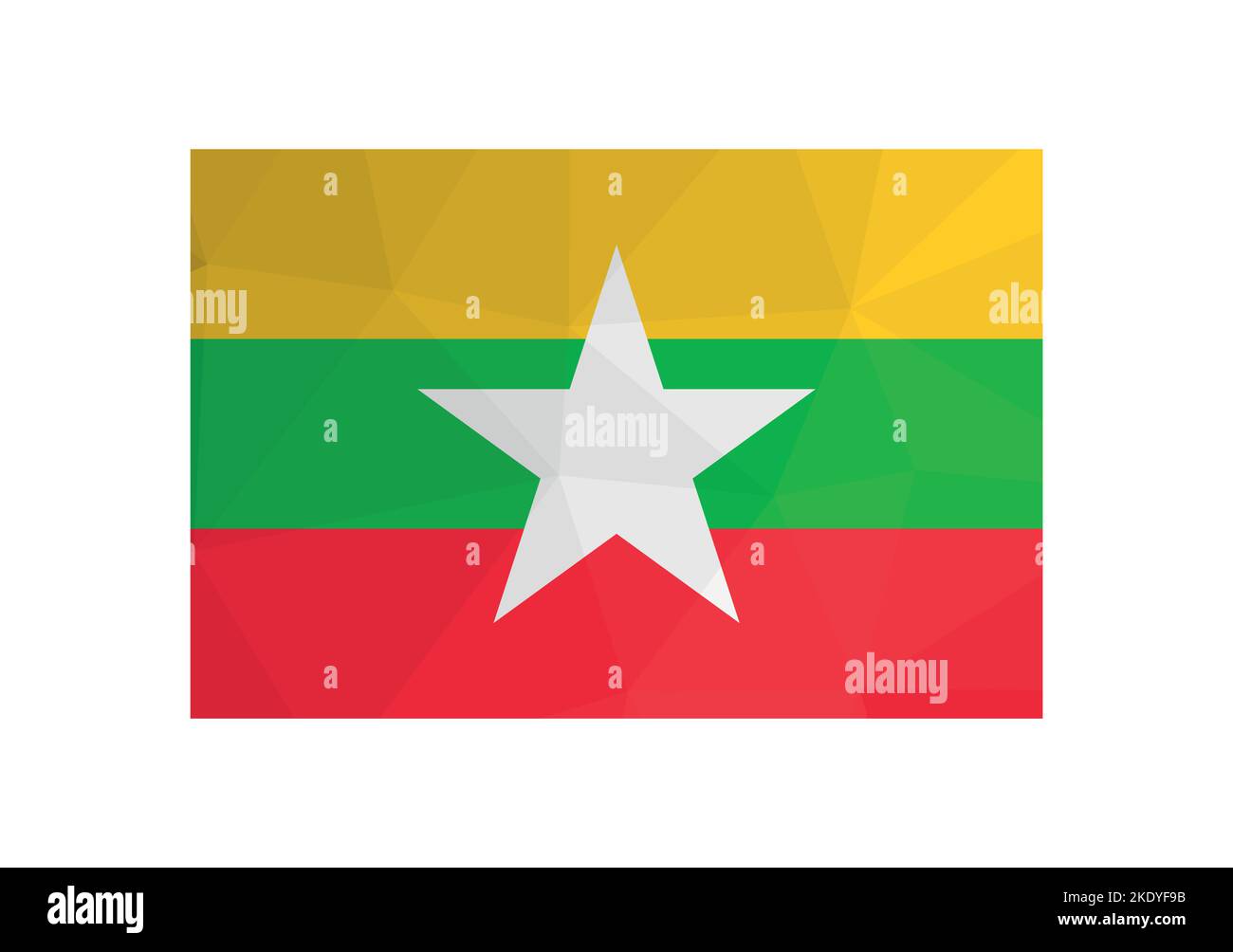The flag with yellow green red and white star has a rich history and deep cultural significance that spans across multiple countries and traditions. This flag design is not only visually striking but also carries symbolic meanings that resonate with millions worldwide. Understanding its origins, symbolism, and applications can provide valuable insights into the cultures and histories it represents.
This flag often symbolizes unity, freedom, and national pride, making it an essential topic for those interested in global history and cultural studies. Whether you're a student, researcher, or simply a curious individual, this article will delve into the various aspects of the flag, providing a comprehensive overview.
From its historical roots to its modern-day interpretations, this guide aims to cover everything you need to know about the flag with yellow green red and white star. Let's embark on this journey of discovery together.
Read also:Who Did Adam F Goldberg Marry In Real Life Unveiling The Life And Love Of The Legendary Tv Creator
Table of Contents
- History of the Flag
- Symbolism Behind the Colors
- Countries That Use This Flag
- Variations of the Flag Design
- How Flags Are Manufactured
- Proper Display and Etiquette
- Cultural Significance
- Political Implications
- Famous Incidents Involving the Flag
- Future Trends and Innovations
History of the Flag
The history of the flag with yellow green red and white star dates back several centuries. Initially, these colors were used to represent specific ideologies and values. The yellow symbolizes wealth and prosperity, green represents agriculture and fertility, red stands for courage and sacrifice, and the white star signifies hope and guidance.
Throughout history, this flag has been adopted by various nations and movements. For example, it became a symbol of independence for some African countries during the decolonization period. Each nation that uses this flag design has its own unique story of how it came to be.
Origins of the Flag Design
The origins of the flag with yellow green red and white star can be traced to ancient civilizations. These colors were chosen not only for their aesthetic appeal but also for their deep symbolic meanings. Over time, as nations evolved, so did the interpretations of these colors.
Research conducted by historians suggests that the combination of these colors was first used in ceremonial garments and later adapted into flags. This evolution highlights the adaptability and significance of the flag design.
Symbolism Behind the Colors
Each color in the flag with yellow green red and white star carries specific meanings that are universally recognized:
- Yellow: Represents wealth, prosperity, and the sun.
- Green: Symbolizes nature, fertility, and growth.
- Red: Stands for bravery, sacrifice, and strength.
- White Star: Embodies hope, unity, and guidance.
Interpreting the Symbolism
Understanding the symbolism behind the colors allows us to appreciate the depth of meaning embedded in the flag. For instance, the white star often represents a guiding light for the nation's future, while the combination of yellow and green reflects a balance between economic development and environmental conservation.
Read also:Onlyfans Cristinacarmella A Comprehensive Guide To Her Success And Content
Countries That Use This Flag
Several countries around the world have adopted the flag with yellow green red and white star as their national symbol. These nations include Ghana, Guinea-Bissau, and Mozambique, among others. Each country has its own variation of the flag design, incorporating additional elements that reflect their unique cultural identities.
Comparison of Flag Designs
While the basic design remains consistent, there are subtle differences in how each country interprets the flag with yellow green red and white star:
- Ghana: Adds a black star to represent Pan-Africanism.
- Guinea-Bissau: Includes a red vertical stripe on the hoist side.
- Mozambique: Incorporates a rifle and book to symbolize education and defense.
Variations of the Flag Design
Beyond national flags, the design of the flag with yellow green red and white star is also used in various other contexts, such as military insignia, sports teams, and cultural organizations. These variations often include additional symbols or patterns that enhance the original design.
Customizing the Flag for Specific Uses
For example, military units may add insignias or emblems to the flag to represent their rank or division. Similarly, sports teams might incorporate team logos or colors to personalize the flag for their events. These adaptations demonstrate the versatility and adaptability of the flag design.
How Flags Are Manufactured
The process of manufacturing flags involves several steps, from designing the pattern to selecting materials and final production. High-quality flags are typically made from durable materials such as polyester or nylon, ensuring they can withstand harsh weather conditions.
Key Steps in Flag Production
Here are the main steps involved in producing a flag:
- Designing the flag pattern using computer software.
- Selecting appropriate materials based on intended use.
- Printing or weaving the design onto the fabric.
- Finishing the edges to prevent fraying.
- Quality control checks to ensure consistency and durability.
Proper Display and Etiquette
When displaying the flag with yellow green red and white star, it is important to follow proper etiquette to show respect for its significance. This includes understanding the correct positioning, handling, and maintenance of the flag.
Etiquette Guidelines
Some key guidelines for displaying the flag include:
- Always hang the flag with the white star facing upward.
- Do not allow the flag to touch the ground or become soiled.
- Retire old or damaged flags in a respectful manner.
Cultural Significance
The cultural significance of the flag with yellow green red and white star extends beyond its use as a national symbol. It plays a vital role in various ceremonies, festivals, and celebrations, bringing people together under a shared identity.
Celebrations Featuring the Flag
Many countries hold annual events where the flag is prominently displayed, such as Independence Day celebrations or cultural festivals. These occasions provide an opportunity for citizens to express their pride and unity.
Political Implications
Politically, the flag with yellow green red and white star serves as a powerful symbol of national sovereignty and identity. It is often used in political campaigns and movements to rally support and convey key messages.
Using the Flag in Political Campaigns
Politicians and activists may incorporate the flag into their campaigns to emphasize themes of unity, progress, and national pride. This strategic use of the flag can resonate with voters and strengthen the message being conveyed.
Famous Incidents Involving the Flag
Throughout history, there have been several notable incidents involving the flag with yellow green red and white star. These events have shaped public perception and reinforced the flag's importance in global politics and culture.
Historical Events
For example, the raising of the flag during independence ceremonies or its role in international diplomacy has left a lasting impact on global relations. These moments highlight the flag's ability to inspire and unite people across borders.
Future Trends and Innovations
As technology continues to evolve, so too will the ways in which the flag with yellow green red and white star is used and displayed. Innovations in materials and production methods promise to enhance the durability and versatility of flags, making them more accessible and impactful.
Emerging Technologies
Some emerging trends include the use of LED lights to illuminate flags at night, creating dynamic displays that capture attention and convey messages effectively. Additionally, digital flags are becoming increasingly popular for virtual events and online platforms.
Kesimpulan
In conclusion, the flag with yellow green red and white star is a powerful symbol that carries deep cultural, historical, and political significance. Understanding its origins, symbolism, and applications provides valuable insights into the nations and movements it represents.
We invite you to explore further by leaving comments, sharing this article, or reading other related content on our site. Together, we can continue to celebrate and appreciate the rich tapestry of global cultures and histories embodied in this remarkable flag.
Data Sources:
- World Flag Database
- Historical Archives
- Cultural Studies Journals


